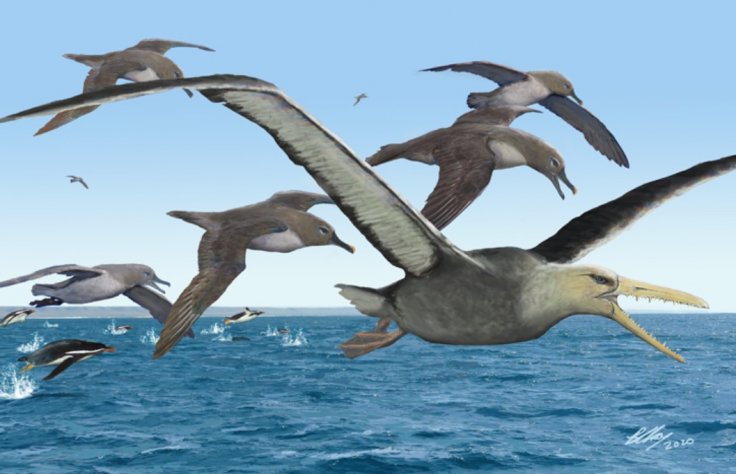In a milestone development, scientists have uncovered some crucial details about the biggest bird ever lived on planet earth. The initial phase of this study dates back to the 1980s when scientists discovered a number of fossils including foot bone and partial jaw bone of two pre-historic birds from Antarctica.
Graduate Student Triggered the Discovery
For more than three decades, these fossils remained intact in a museum, at the University of California, Berkeley. However, in 2015, a graduate student named Peter Kloess started his studies about these fossils.

After studying these fossils for five years, Kloess has now published his study report. In the study report, Kloess reveals that these fossils actually belong to pelagornithids, a predator bird that flew across the skies of the earth around 60 million years ago.
Biggest Bird that Lived on Earth
In his study report, which is now published in the Journal Scientific Reports, Kloess revealed that these giant birds had a wingspan reaching up to 6.4 meters. These birds had very long beaks, and it helped them to grab fish and squid from the ocean.
"Our fossil discovery, with its estimate of a 5-to-6-meter wingspan -- nearly 20 feet -- shows that birds evolved to a truly gigantic size relatively quickly after the extinction of the dinosaurs and ruled over the oceans for millions of years," said Kloess in a recent statement.
Birds that Predated in Absence of Whales and Seals
Researchers, in their study report, noted that the pelagornithids traveled widely over the world, and their major hunting grounds were the oceans. During those pre-historic times, oceans were not dominated by whales and seals, and this factor helped these giant birds to hunt easily using their long beaks.
Researchers also revealed that Antarctica was a much warmer land in the pre-historic ages, and it was home to land mammals that includes a distant relative of sloths. Several birds including early penguin species and the extinct relatives of ducks and ostriches also thrived in Antarctica.









